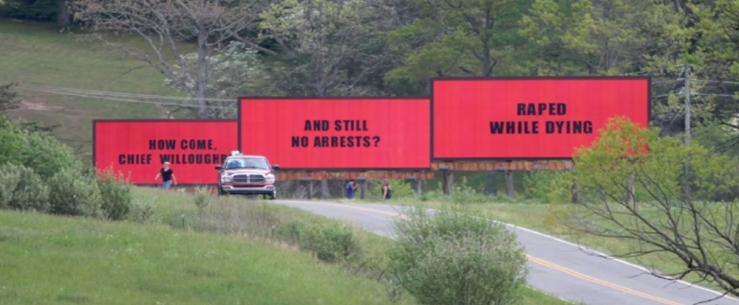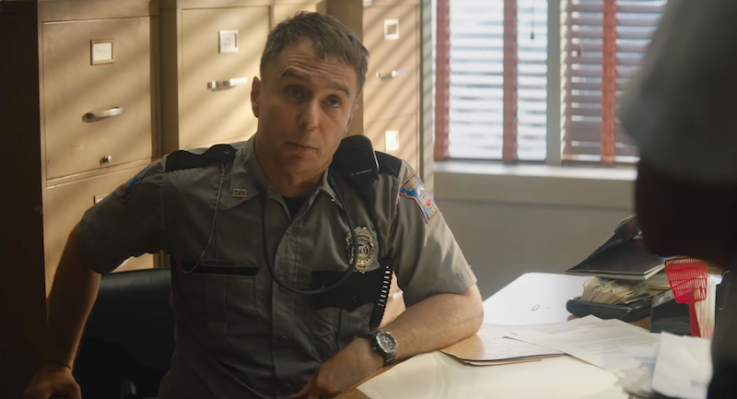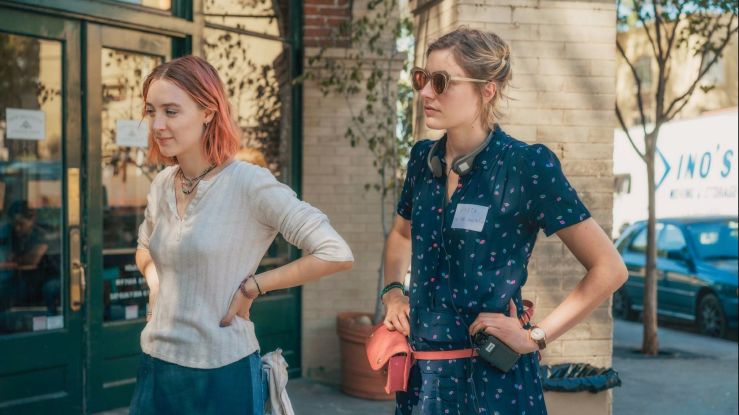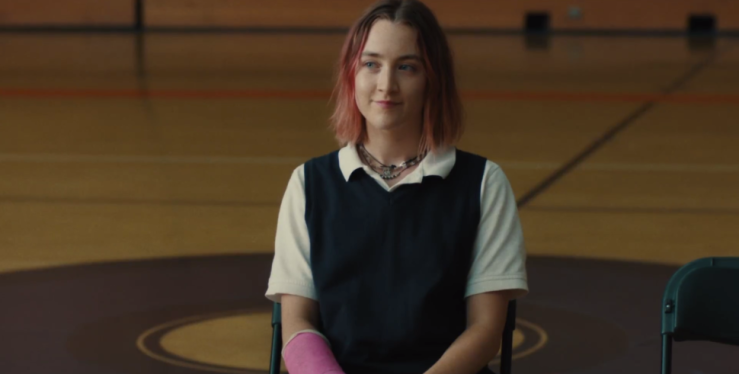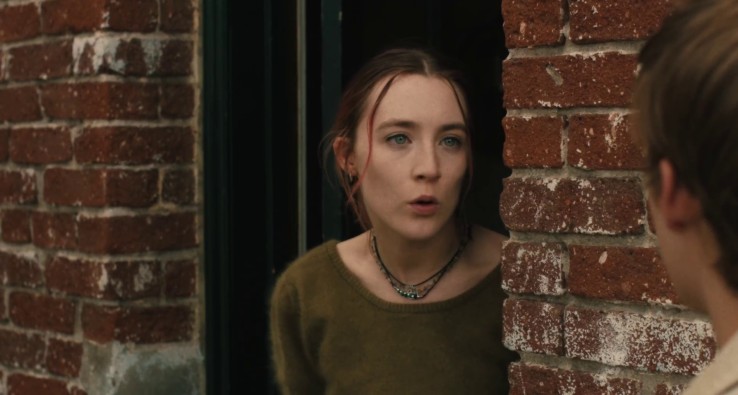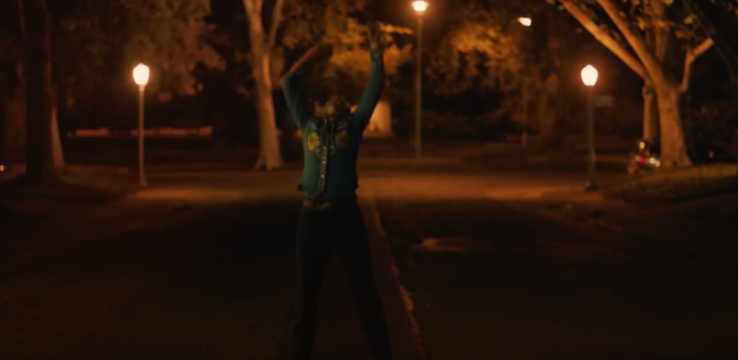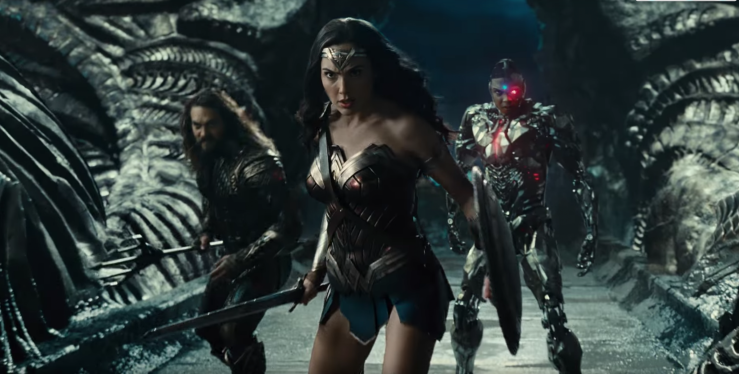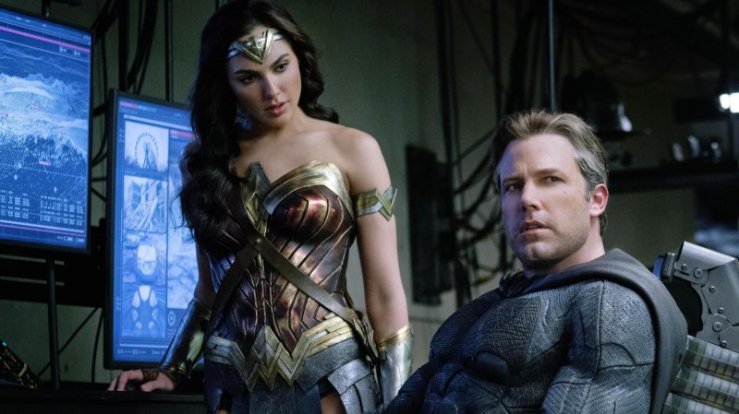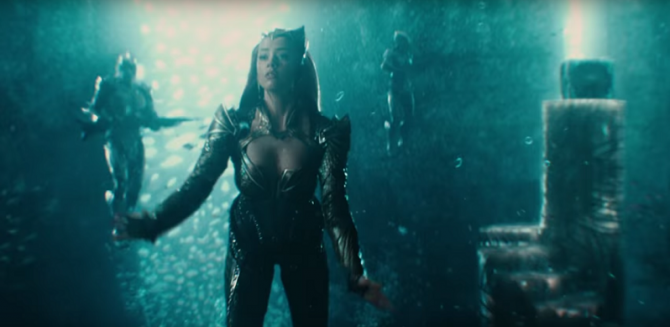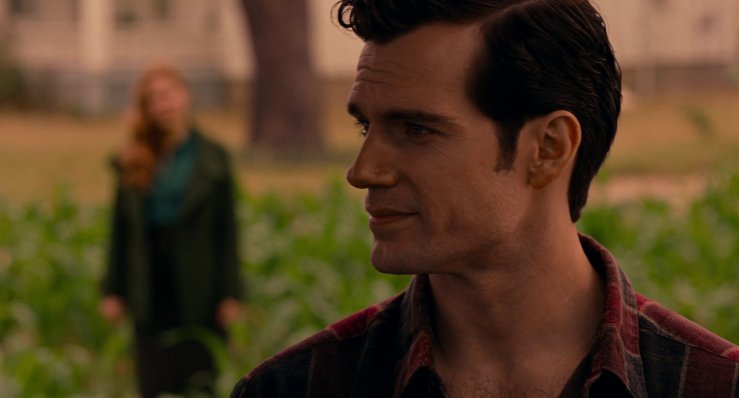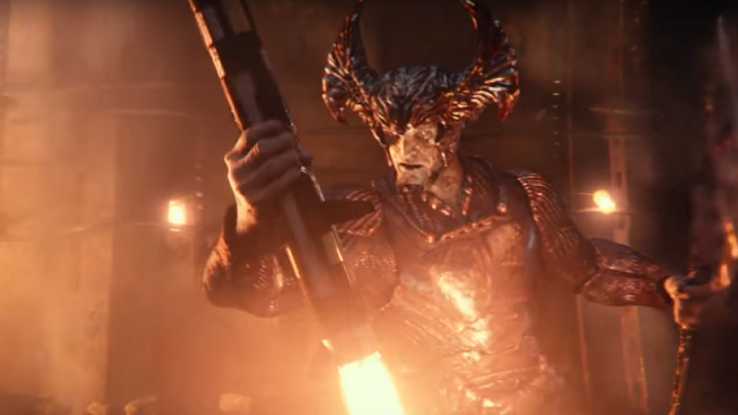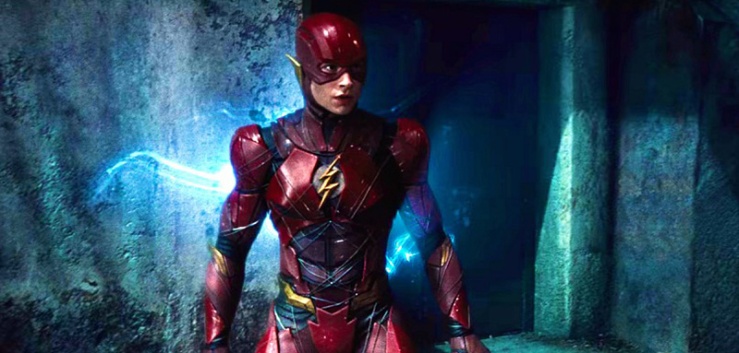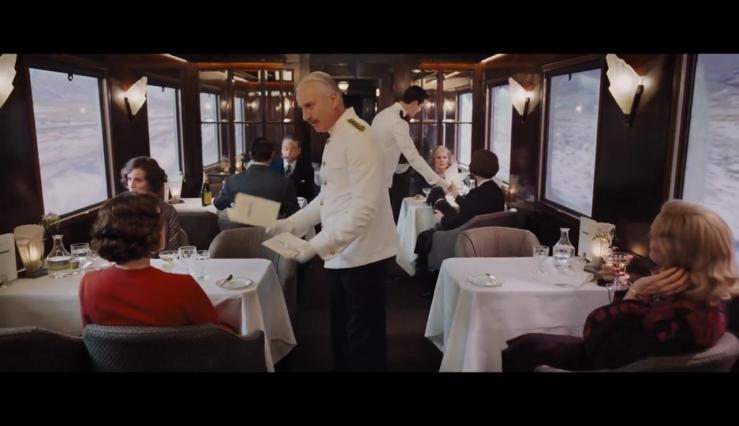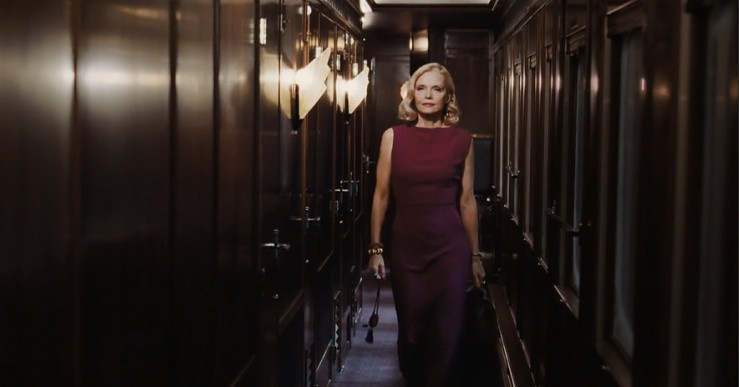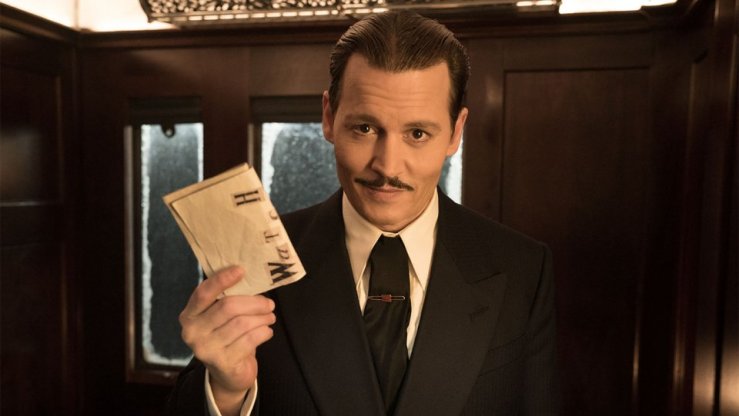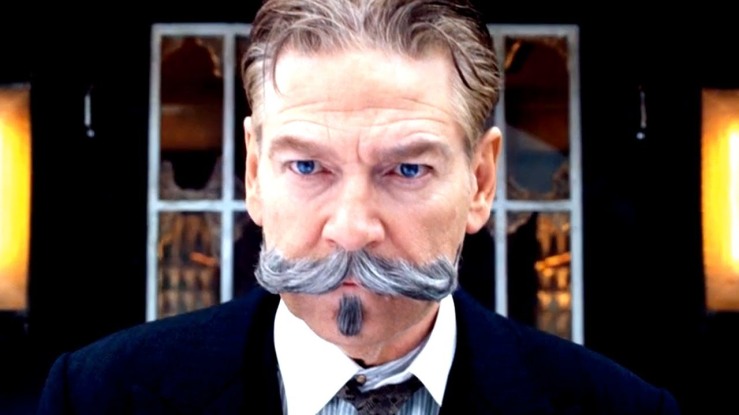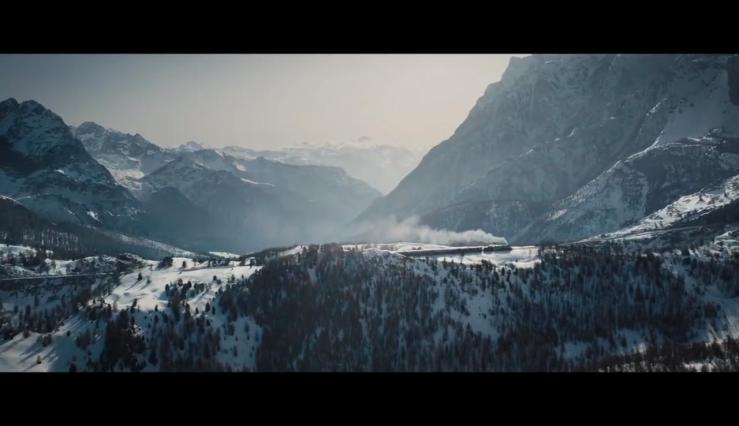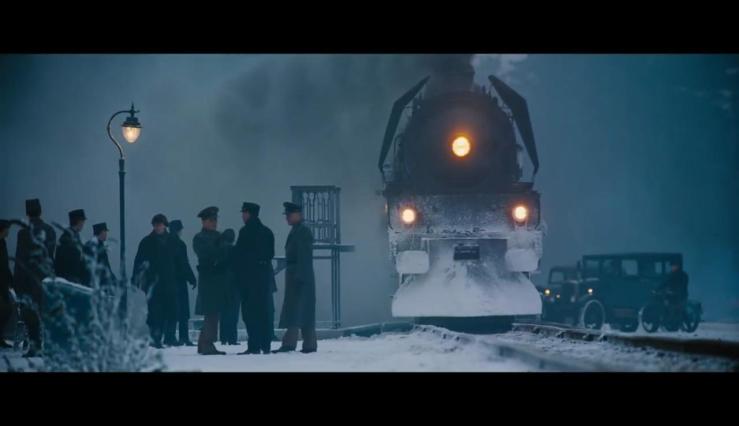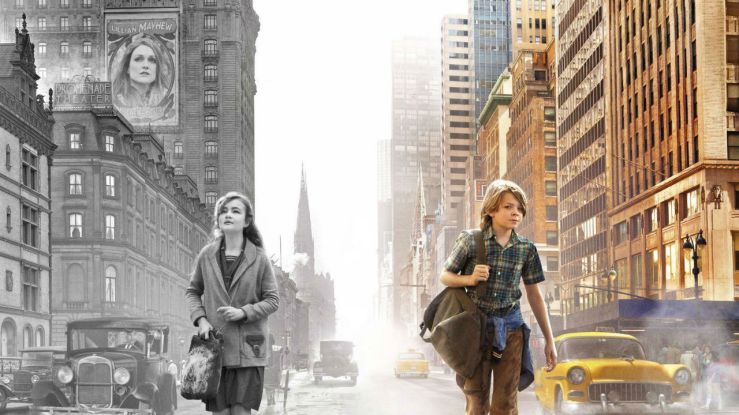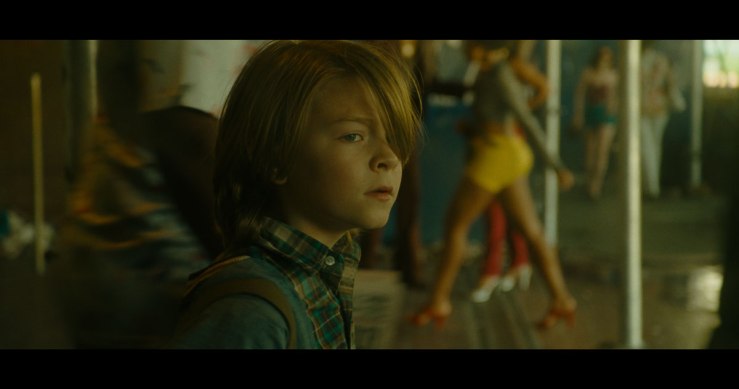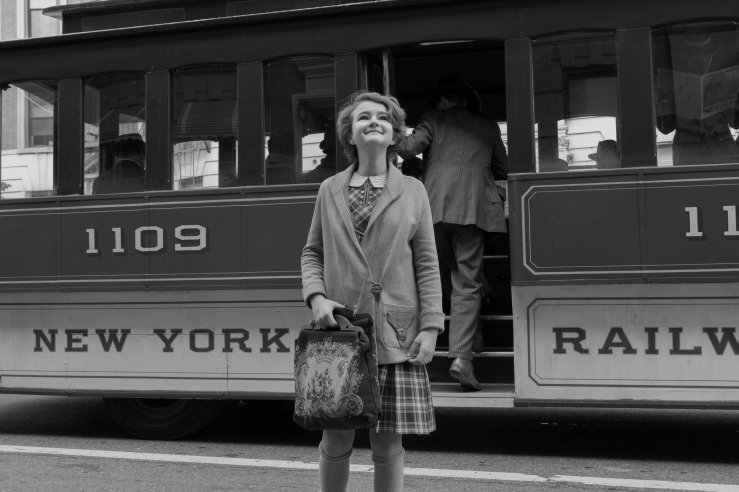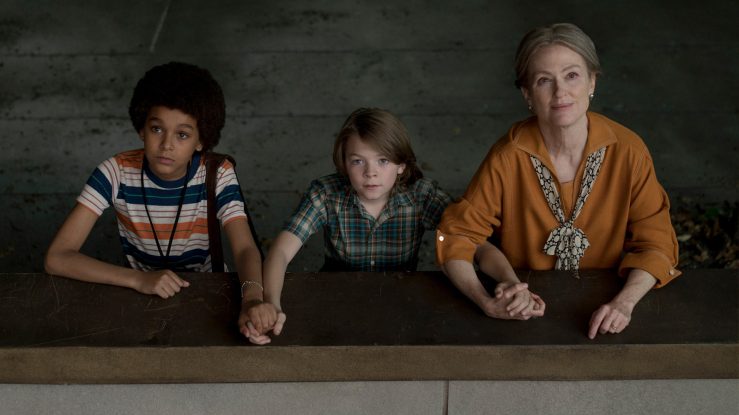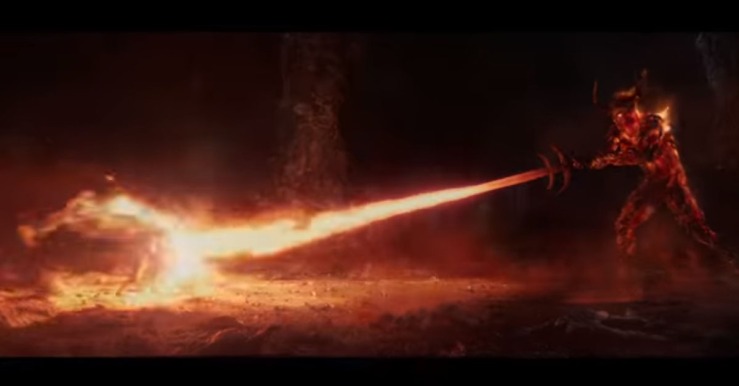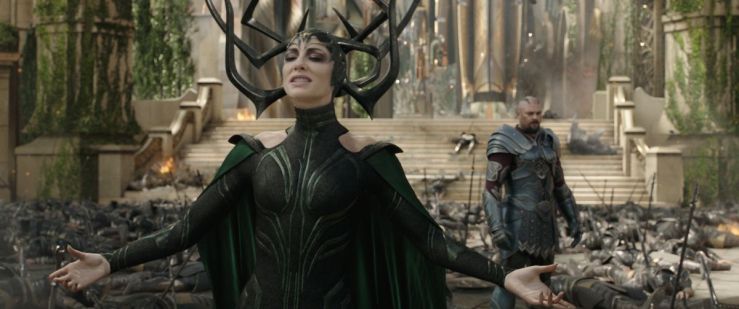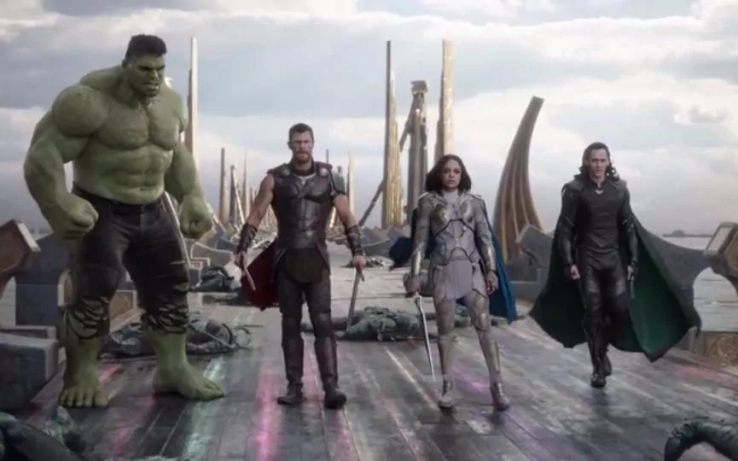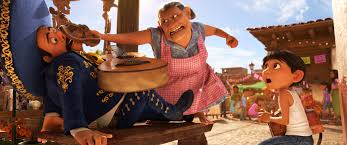
I’m sorry, but I gotta say this. It’s too soon for Christmas! It’s way too soon for people to put up their Christmas decorations and sing Christmas songs and play those Christmas shorts whether they’re classics or modern hits! Please, just wait until Black Friday at the very earliest! I love Christmas just as much as anyone, but one of the many reasons I love it is because it’s a truly special time of year. If we oversaturate ourselves with the Christmas spirit, then it won’t be truly special anymore and it’ll just become part of the ordinary mundane existence we live through throughout the rest of the year! So please, in order to maintain that festive feeling at all, don’t put up your Christmas decorations in September.

Feel like that was unnecessary, repetitive, uninventive, and long? That’s how I’d describe Olaf’s Frozen Adventure, the short that played before the newest Pixar feature, Coco. Set in Mexico on Día de los Muertos (Day of the Dead), the film tells the story of Miguel (Anthony Gonzalez), an aspiring musician who looks up to legendary singer Ernesto de la Cruz (Benjamin Bratt). The problem is that his family has a long history of banning music, instead leading the shoe making business. But after Miguel is mysteriously transported to the Land of the Dead, he must find a way back home before sunrise or not at all.

Okay, so while my mood is still a little sour, let’s talk about what’s wrong with the movie. I know what you’re thinking, “oh, it’s Pixar, they’re better than this!” But that’s the thing. It’s Pixar. They’re better than this. And the biggest problem with this film is how much of its story can be traced back to other films. Yeah, a lot of people were thinking about The Book of Life (2014), and reasonably so because of the similar setting. But that’s all Coco takes from that film. The main plot I summarized above is straight from Pixar’s own Ratatouille (2007), but that’s not all. There’s a major plot point that if someone from the Land of the Dead is completely forgotten by those who are living, they’ll fade away into nothing. Okay, that’s also a major plot point in Inside Out (2015). There’s also a plot point (that I won’t give away) that borrows from both Up (2009) and Toy Story 3 (2010), and now you see what I mean. Pixar is ripping off its own filmography for this movie, and after awhile it’s very noticeable. And for a movie that condemns plagiarism and praises originality, coming from the most original animation studio in the US, that’s more than a little annoying.
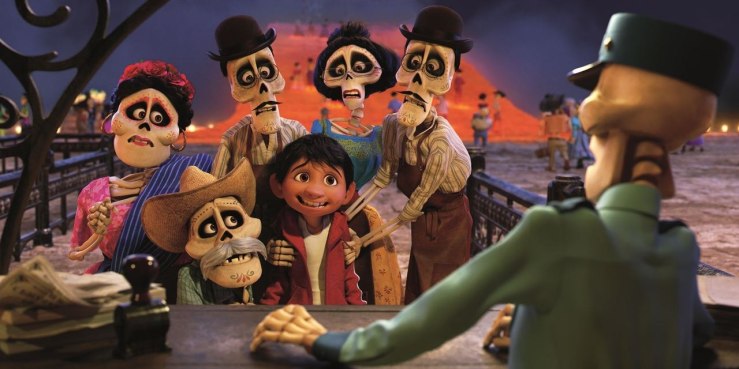
It’s a shame because, as is typical for Pixar, the story they come up with is just about top notch. The themes of family are explored in a unique way that younger audiences will easily understand, but also in a way that can be appreciated by adults. It’s also not that predictable, even for Pixar standards, although if you were to go back and rewatch it you’d see the hints dropped everywhere. The animation is phenomenal, the voice acting is very good, and it has a number of genuine tear-jerking moments in the third act. And even though I just bashed the film for ripping off other (some far superior) Pixar movies, it’s all done very well. Again, my only criticism of the story is that it could’ve been a lot more original.

I guess in order to balance the scale, I should point out that all the characters are easily identifiable. We all want to be remembered when we’re gone, in fact my biggest fear is the possibility of being forgotten. And if you’ve ever seen a loved one grow old and lose those memories of you, you’ll identify with both Miguel and Hector (Gael Garcia Bernal), as well as pretty much everyone in Miguel’s family, both living and dead. And because the characters are so great, those moments when the film pulls at your heartstrings are all the more effective because it’s characters we loved getting to know experiencing realities we’re all too familiar with. This is why movies in general are so great, because they can be the perfect blend between fantasy and reality.
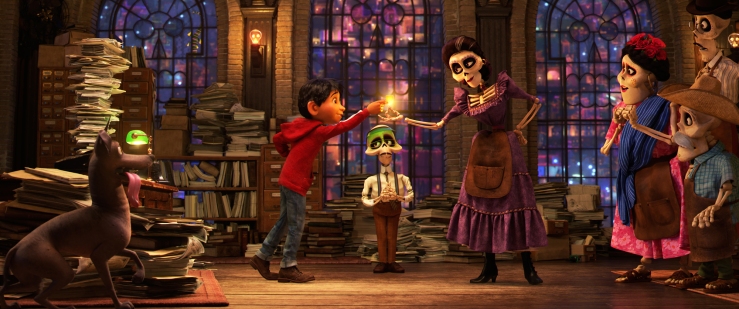
So all around, I did enjoy the movie. I’d even go so far as to say it’s far better than the average animated film, but that’s to be expected from Pixar. So as far as Pixar standards are, this is less of a WALL-E (2008) and more of a Monsters, Inc. (2001) in terms of quality. Not bad at all, but far from the best Pixar has to offer.
Rating: GO





